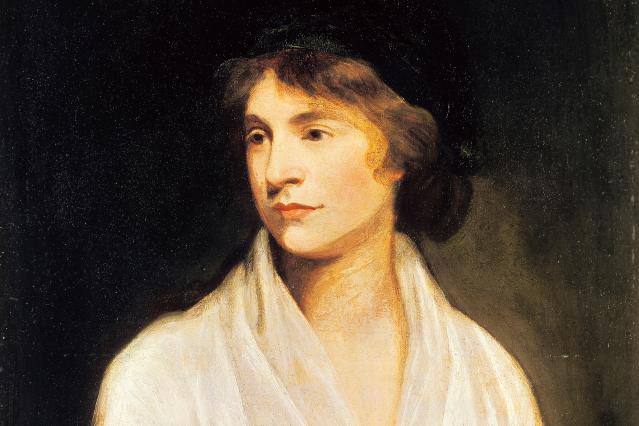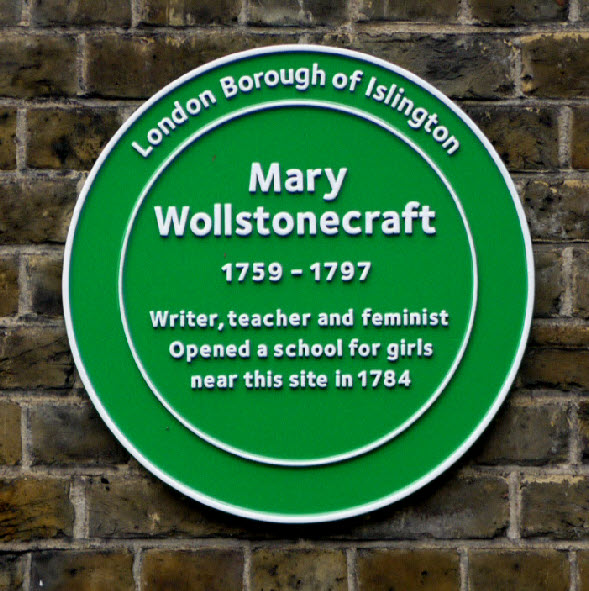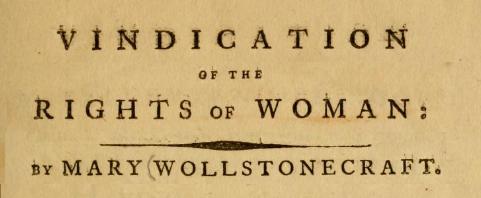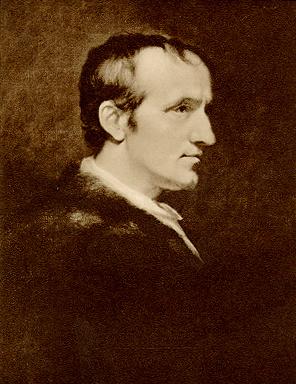Wednesdays @ West at been on a bit of a hiatus for the past few months as I was out on maternity leave. Now that I’m back in the swing of things, I’m pleased to be back blogging about books and other lovely topics for Free for All.
I discovered the idea for this series of blog posts quite by accident. I was reading a blog post about children’s library services, in which a fellow librarian mentioned that her library in Homer, Alaska is creating a series of posters that encourage families to explore books together. For each title, they are suggesting “10 Ways to Explore a Book.”
I was intrigued by the idea and it occurred to me that this is one of many ways that we let children have all the fun with books. After all, when I fall in love with a book, I am sad to see it end, wishing I could dwell within its world a bit longer. So this series is aimed at helping you do just that.
We’re kicking it off 10 Ways to Explore a Book by offering suggestions as to how to delve into the world of Flight Behavior by Barbara Kingsolver.
 According to Novelist, my favorite book discovery database (available for free with your library card number, of course), Flight Behavior is complex, issue-oriented, atmospheric, moving, lush, richly-detailed literary fiction. How’s that for some adjectives? In terms of plot, it’s the story of Dellarobia Turnbow, a poor farmer’s wife who discovers that an amazing colony of butterflies has taken up residence on her family’s land. Dellarobia soon finds herself immersed in the science of the phenomena in ways that begin to expand her worldview.
According to Novelist, my favorite book discovery database (available for free with your library card number, of course), Flight Behavior is complex, issue-oriented, atmospheric, moving, lush, richly-detailed literary fiction. How’s that for some adjectives? In terms of plot, it’s the story of Dellarobia Turnbow, a poor farmer’s wife who discovers that an amazing colony of butterflies has taken up residence on her family’s land. Dellarobia soon finds herself immersed in the science of the phenomena in ways that begin to expand her worldview.
Ok, I admit, I’ve already written about Flight Behavior here and here. But you can’t have enough Barbara Kingsolver in your life. At least I can’t. And if you can’t either, then I encourage you to check out these ten tips that will allow you to savior the world she created just a bit longer.
1. Read the 1976 National Geographic article, “Found at Last” by Fred Urquhart, which first alerted the wider world to the phenomenon of the monarch butterfly’s winter residence in Mexico.
2. Visit the Museum of Science’s Butterfly Garden.
3. Treat yourself to some good news for a change. Listen to the NPR story about how monarchs are making a come back.
4. Get up close and personal with some butterflies by planting a butterfly garden. For guidance check out Design Your Own Butterfly Garden by Susan Harkins for inspiration. If gardening isn’t your thing, you can still get started with Super Simple Butterfly Gardens by Alex Kuskowski.
5. Take inspiration from Dellarobia and commit to learning the wonders of science by taking a biology class with a lab at a local community college.
6. Watch Barbara Kingsolver discuss Flight Behavior.
7. If you are a reader who finds the world of farms exotic, go check one out in person. Find a nearby farm at Northeast Harvest’s website.
8. Learn to knit so you can make unrecognizable creations. (Need help? Try Start to Knit by Lynn Bryan). Bonus points if you do it on the side of a mountain. Even more bonus points if you use sheep’s wool and dye it yourself. If you really want to geek out, shear the sheep yourself and spin the yarn. For assistance, watch this Time video on How to Shear a Sheep.
9. Remember the obnoxious environmentalist who Dellarobia tells off when he suggests ways “people like her” can lower their carbon footprint? Well, many of us aren’t forced to be so eco-friendly by economic desperation. So we could stand to be a little more green. Try out of a few of his recommendations: fly less, eat less meat, bring your own containers to restaurants for left-overs and repair things instead of automatically replacing them. Just don’t become condescending and sanctimonious when encouraging others to be more green too.
10. Finally, when you are ready to move on from Flight Behavior, check out our Pinterest board of read-a-likes.
Stay tuned for more 10 Ways to Explore a Book. And be sure to let us know what book you’d like us to tackle next.






